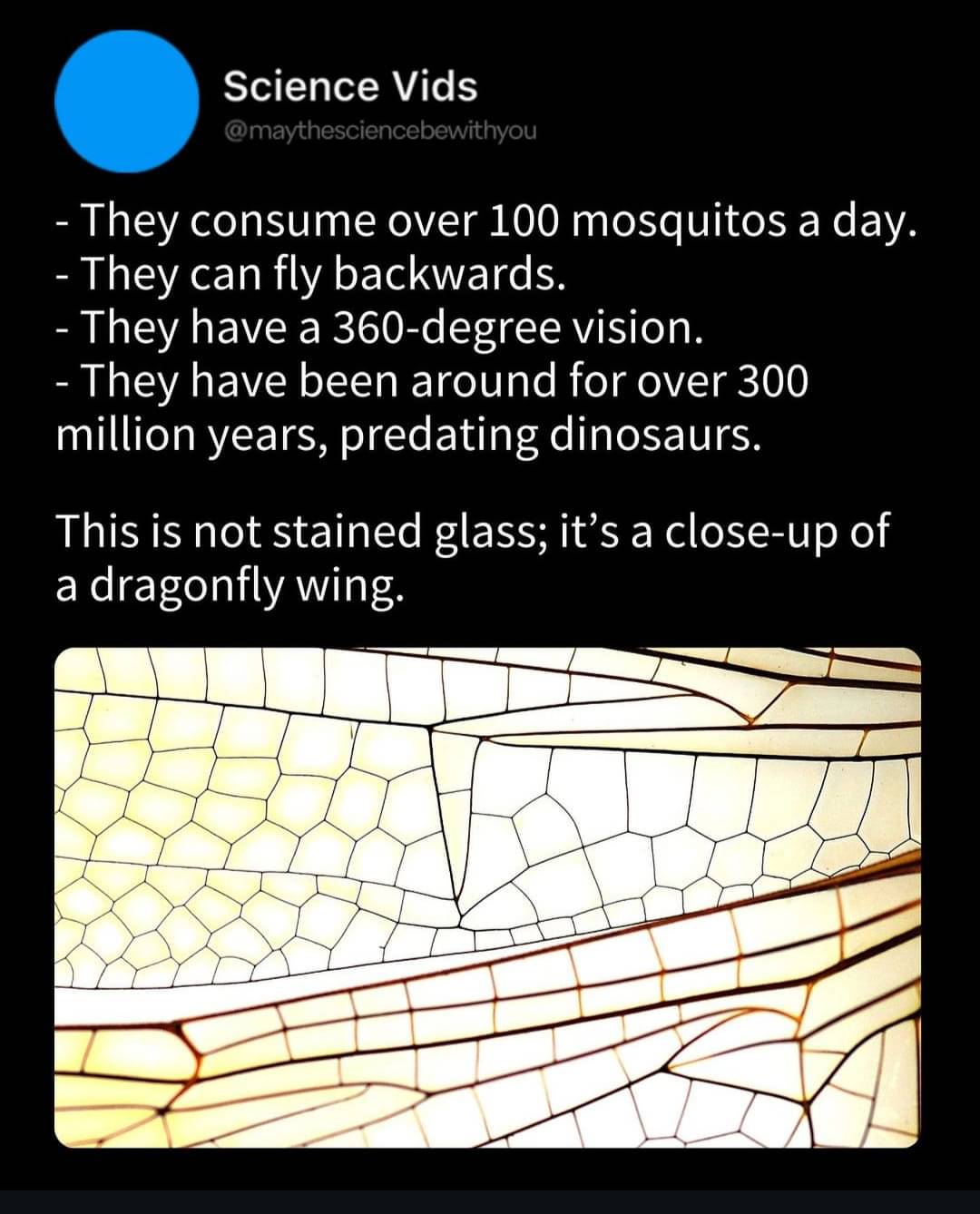this post was submitted on 29 Aug 2024
917 points (99.4% liked)
Science Memes
11725 readers
1389 users here now
Welcome to c/science_memes @ Mander.xyz!
A place for majestic STEMLORD peacocking, as well as memes about the realities of working in a lab.

Rules
- Don't throw mud. Behave like an intellectual and remember the human.
- Keep it rooted (on topic).
- No spam.
- Infographics welcome, get schooled.
This is a science community. We use the Dawkins definition of meme.
Research Committee
Other Mander Communities
Science and Research
Biology and Life Sciences
- [email protected]
- [email protected]
- [email protected]
- [email protected]
- [email protected]
- [email protected]
- [email protected]
- [email protected]
- [email protected]
- [email protected]
- [email protected]
- [email protected]
- [email protected]
- [email protected]
- [email protected]
- [email protected]
- [email protected]
- [email protected]
- [email protected]
- [email protected]
- [email protected]
- [email protected]
- [email protected]
- [email protected]
- !reptiles and [email protected]
Physical Sciences
- [email protected]
- [email protected]
- [email protected]
- [email protected]
- [email protected]
- [email protected]
- [email protected]
- [email protected]
- [email protected]
Humanities and Social Sciences
Practical and Applied Sciences
- !exercise-and [email protected]
- [email protected]
- !self [email protected]
- [email protected]
- [email protected]
- [email protected]
Memes
Miscellaneous
founded 2 years ago
MODERATORS
you are viewing a single comment's thread
view the rest of the comments
view the rest of the comments

How do you un-stain glass?
Great question! The answer is that, well, you don't, but that's not what I'm intending unstained to mean here.
As it turns out, "unstained" is structurally ambiguous, because English has two different "un-" prefixes, each of which has different functions and different category selection requirements.
The first attaches to verbs, and means "reverse the action of", e.g. un-tie, un-do, un-stain, etc. The second attaches to adjectives, and means "not X", e.g. un-happy, un-satisfied, etc.
So, if we want to form the word "undoable", we can either take the verb "do" and attach "-able" first, giving us an adjective "doable" to which we can then add "un-" to give us "undoable", an adjective meaning "not able to be done" ("Flying by flapping your arms is undoable")
OR
We can take "do" and add the other "un-" first, giving us a verb "undo" meaning "to reverse the action of something" to which we can then add the suffix "-able", giving us "undoable", a different adjective meaning "able to be undone" ("Simple knots are easily undoable")
So, while both of these look and sound like the same word, they actually have different structures that correspond to the differences in their meanings.
In my OP, you read "unstained" as "unstain-ed", with "un-" attaching to "stain" to give a verb "unstain" meaning "to reverse the staining of", and then added the participle suffix, while my intended structure was to attach "stain" and "-ed" first, giving a participle (adjective) "stained", to which we can then add the other prefix "un-", giving "un-stained" "not stained".